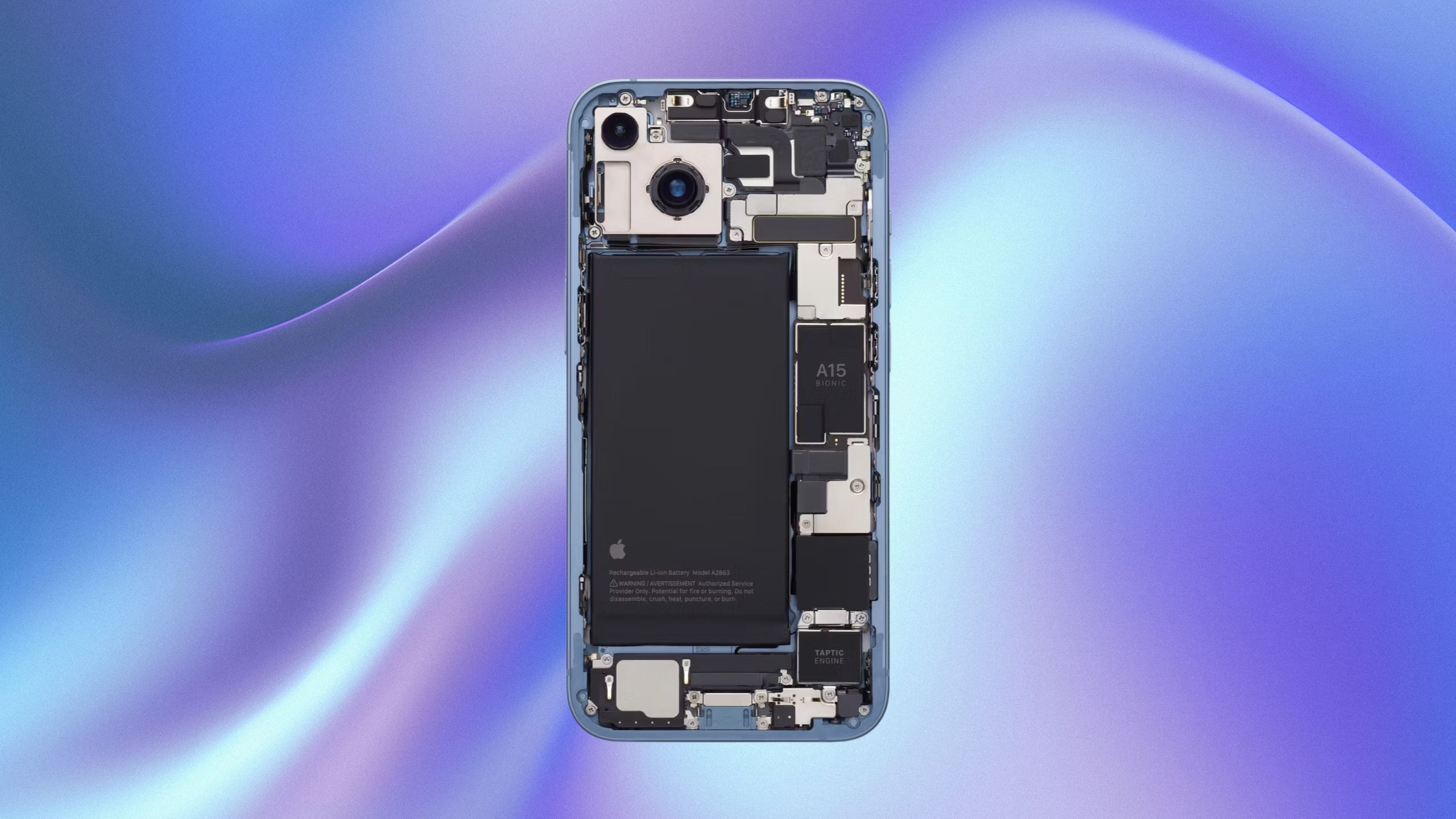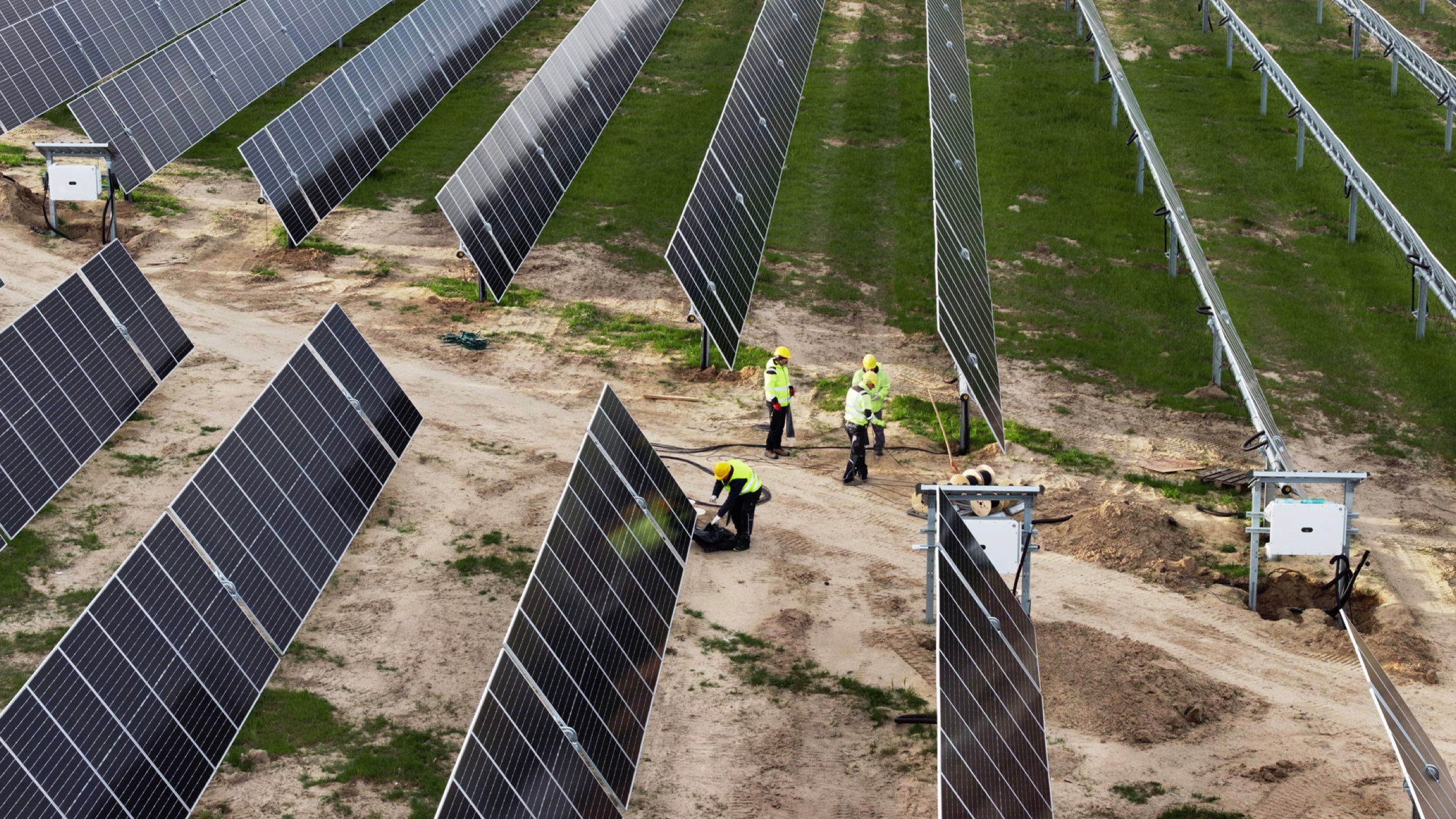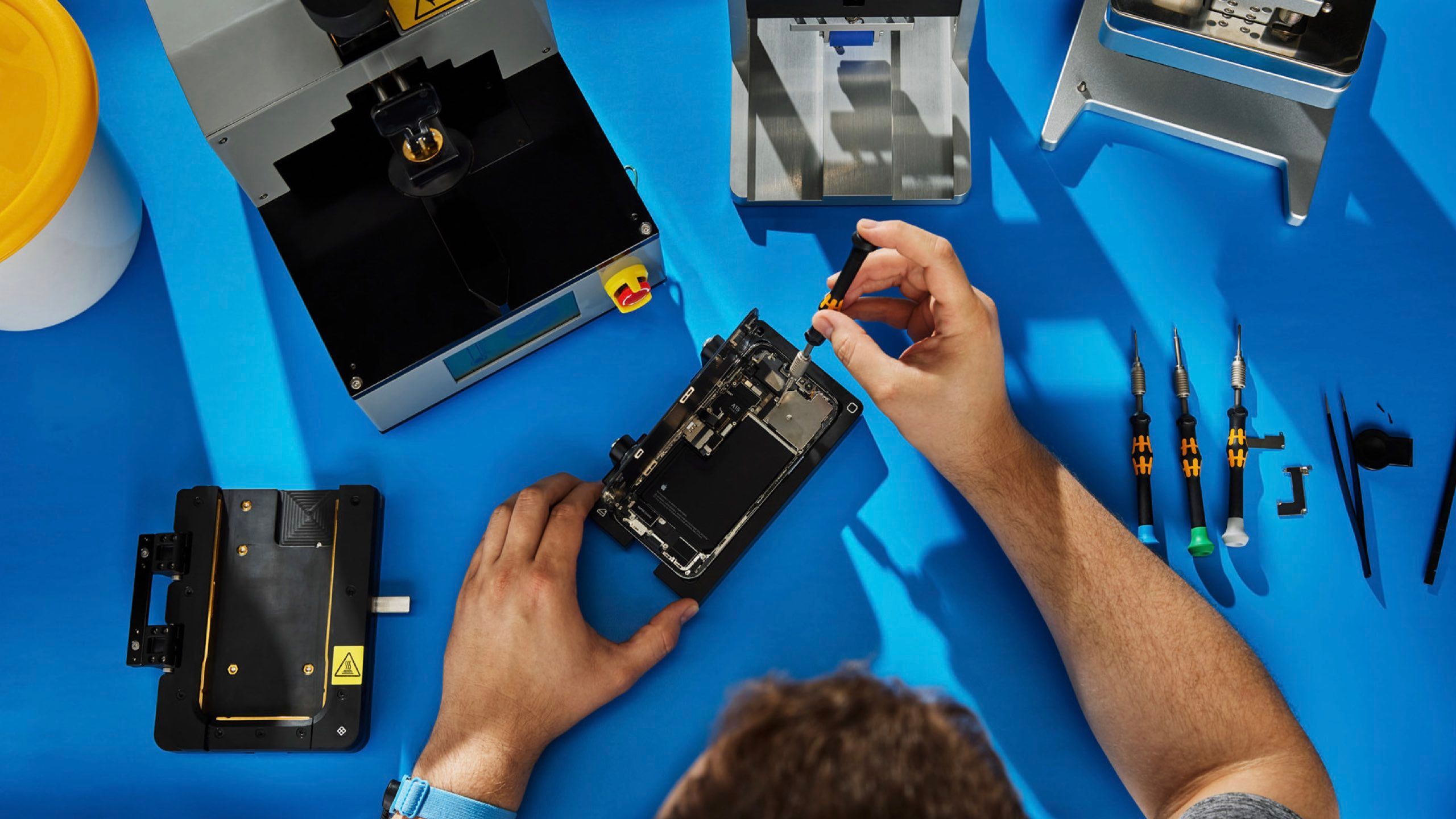Tech
How Apple is building devices with longevity in mind
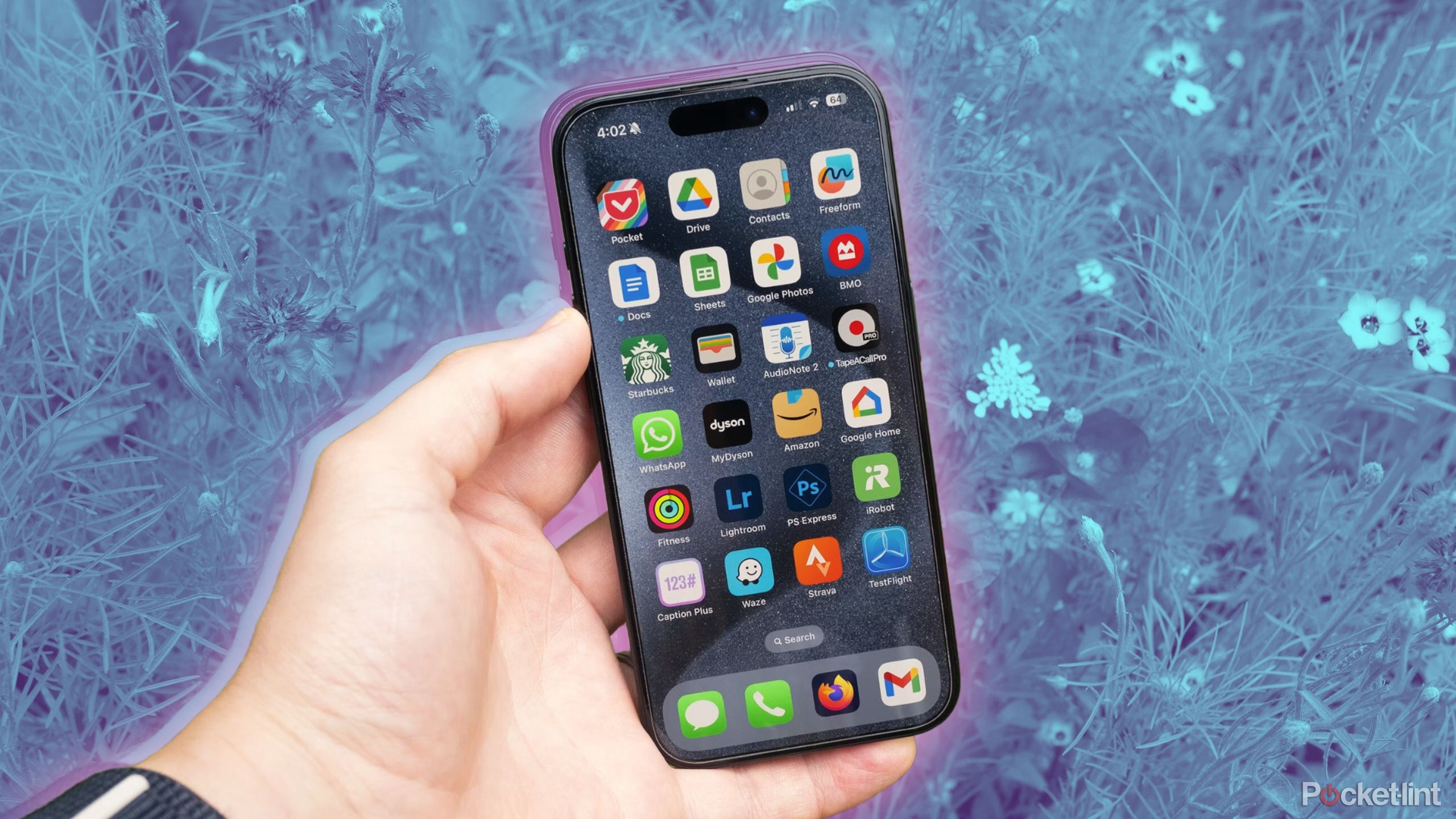
Key Takeaways
- Apple is now focusing on building long-lasting devices with high resale value, reducing e-waste.
- The company’s commitment to renewable energy, recycling, and carbon neutrality contributes to a more sustainable business.
- Improving repairability and expanding access to parts and services increase both the device lifespan and user satisfaction.
One thing I’ve always appreciated about my Apple devices is how they seem to last a long time. As someone who writes about technology, I’m regularly one of the first people in the Apple Store on launch day to get the latest iPhone. I’ve never felt bad about getting a new device every year, because I never just throw my old phone out. I either give it to a family member, use it as a test device, or sell it. When I replace a family member’s device or no longer need the test device, I sell, trade-in, or properly recycle it if the life span has been reached.
Globally, electronic waste (e-waste) is a pressing issue — generating 62 million metric tons in 2022 — and every electronics manufacturer contributes to it. In the Apple community, Windows PCs and Chromebooks are constantly dragged on as significant contributors to this issue, as any money you save from buying a more affordable but shorter-lived device is lost pretty quickly when you have to replace it every 12 to 24 months. Obviously, plenty of well-specced PCs and Chromebooks are on the market, so blaming it all on those two is a somewhat biased point of view.
Related
9 ways to repurpose your old iPhone
Your old iPhone doesn’t just have to become a really expensive paperweight.
While Apple also contributes to e-waste, unlike most other companies, it feels like Apple is making an honest effort to address its impact on the planet. 100% of its operations run on renewable energy, many products use 100% recycled aluminum among other recycled rare earth metals, and as of this year, the company claims its Apple Watches are carbon-neutral — though that might not be entirely accurate. Apple recently published a white paper, Longevity, by Design, outlining how it’s intentionally building devices to operate for a long time.
Here’s how Apple is doing just that.
Designing the best, longest-lasting products in the world requires striking a balance between durability and repairability, while providing ongoing software updates — and we’re constantly looking for new and innovative ways to accomplish that mission.
— John Ternus, Senior Vice President of Hardware Engineering
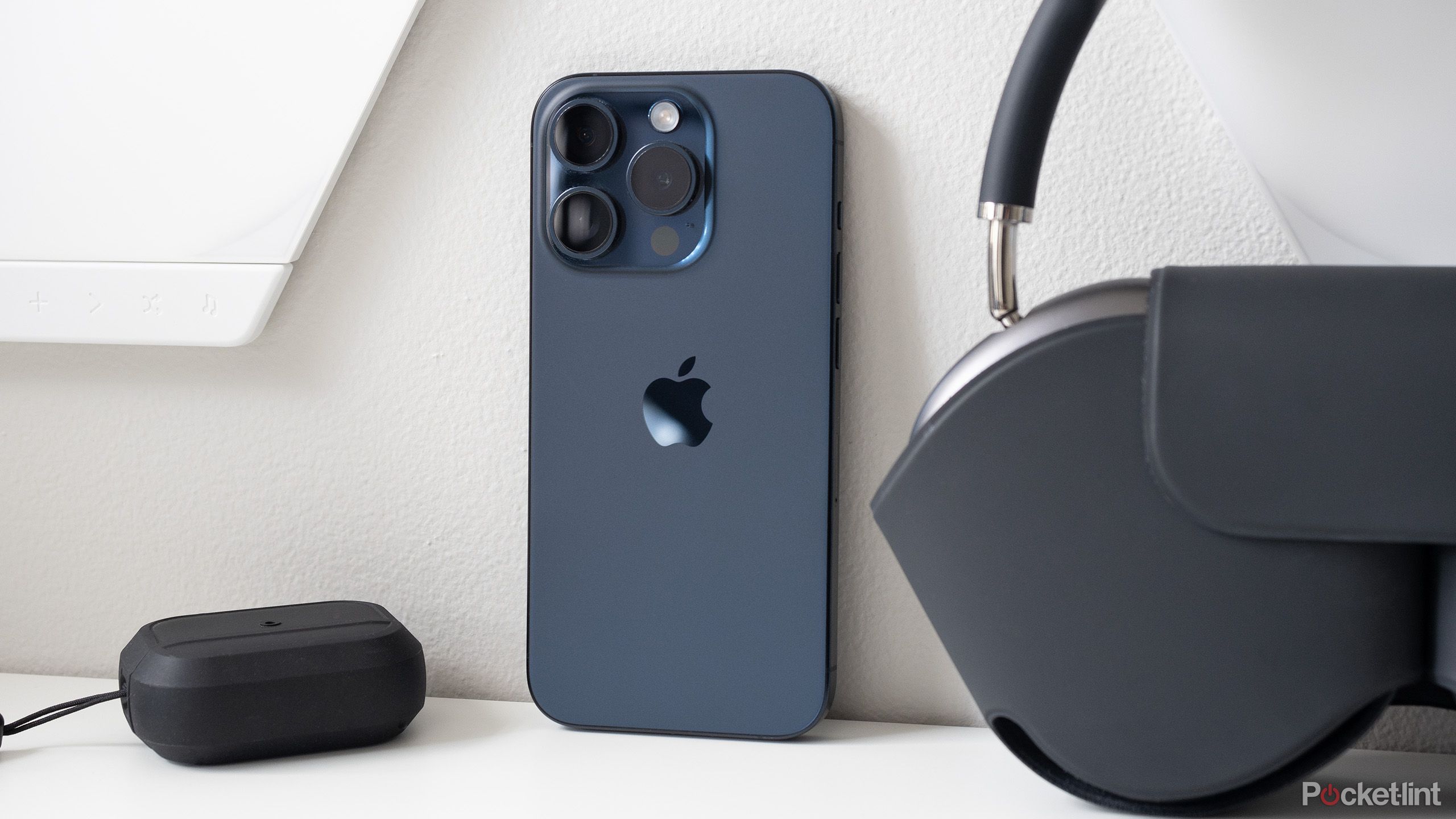
Related
iPhone 15 Pro: Buy now or wait for the iPhone 16 Pro
There’s no time like the present to get a new phone, but waiting could mean missing out on great summer deals.
Value and lifespan
Device economics
Apple / Pocket-lint
Long-sited by users, the reason they purchase Apple products is for their longevity and resale value. According to Apple, iPhones retain 40% more value than competing smartphones in major markets like the United States and Europe. Many users feel comfortable reselling their iPhones after a year or two of use and recovering a good portion of their spending on a new phone.
Apple reports that hundreds of millions of iPhones used are secondhand and five or more years old.
Meanwhile, the purchaser of a secondhand device is thrilled to be getting an iPhone at incredible value. Apple reports that hundreds of millions of iPhones used are secondhand and five or more years old. In fact, Apple devices are used longer than competing devices overall. It’s safe to assume that this trend will only continue with the impressive performance of the tech giant’s silicon.
Apple puts its devices through an exhausting array of durability tests across tens of thousands of prototypes covering everything from drops to liquid damage.
To support this lifespan, Apple puts its devices through an exhausting array of durability tests across tens of thousands of prototypes covering everything from drops to liquid damage. Because of this, liquid damage rates dropped by 75% with the introduction of the iPhone 7 and 7 Plus.
Eight generations later, it’s safe to say that there’s been an increase in the liquid durability of iPhones. Similarly, Apple has made great strides to increase the durability of the iPhone’s front glass from cracks, although the rear glass could use the same attention.
As Apple’s processors have become more powerful, the company has expanded the time operating systems are supported across older devices. Apple has undoubtedly led the industry here, pushing Google and Samsung to do the same. iOS 17 currently supports 24 devices dating back to models released in 2018, and macOS Sonoma supports devices released in 2017. As recently as March, Apple was still releasing patch updates for older operating systems like iOS 15, which supports devices introduced in 2015.
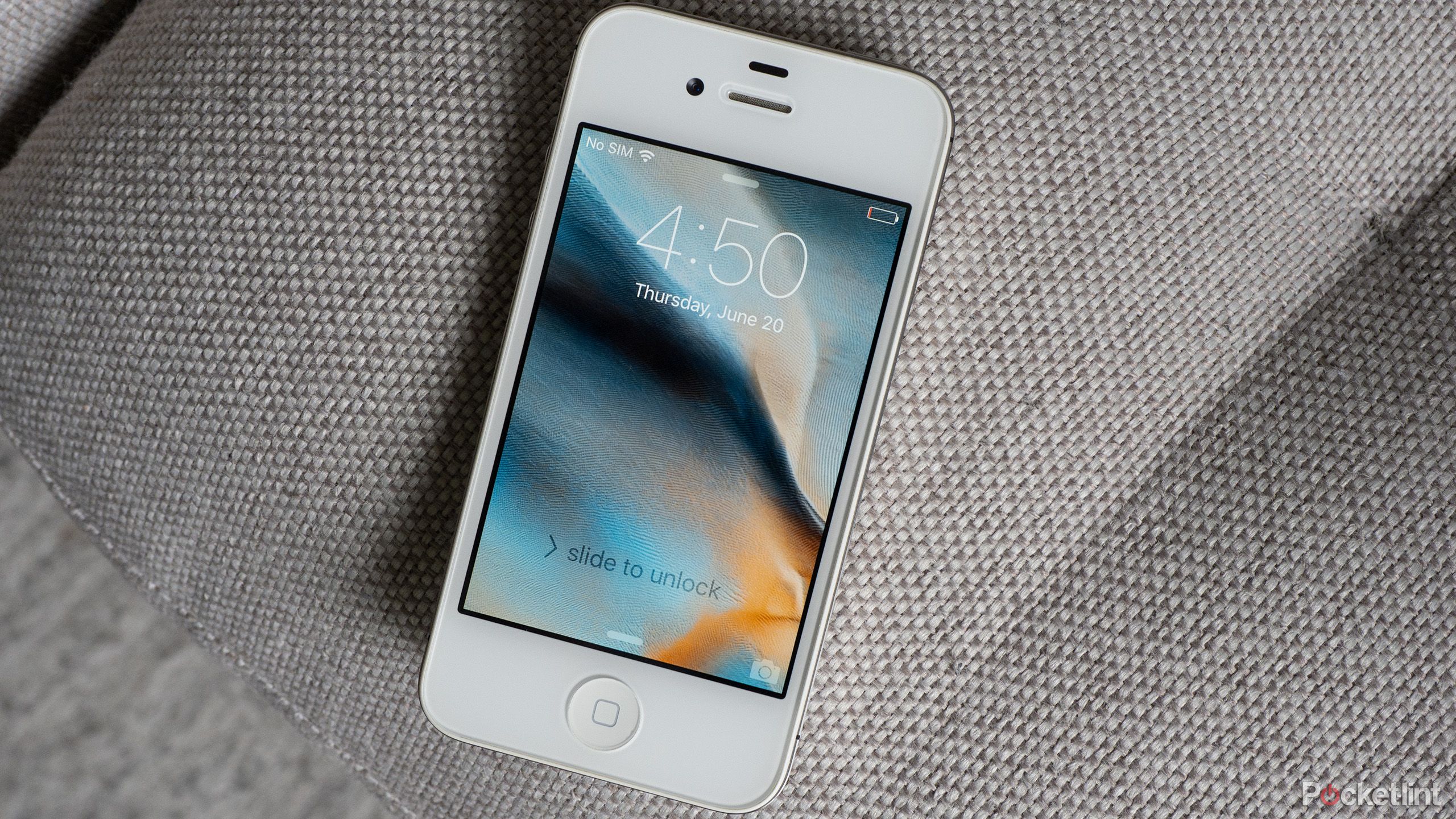
Related
How the iPhone 4s became one of Apple’s most iconic phones
Let’s take a nostalgic trip back in time and unpack Apple’s 2011-released iPhone 4s.
The environment
Green, green iPhone
Apple
Apple has committed to turning its entire operation carbon-neutral by 2030. It’s one thing for a company to commit to making its direct operations carbon-neutral, but it’s a much greater challenge to do the same across all its partners, suppliers, and manufacturers. Caring for the environment is essential for Apple to have a sustainable, healthy business.
100% of Apple’s operations are powered by renewable electricity.
Here are some highlights of Apple’s environmental efforts:
- 100% of Apple’s operations are powered by renewable electricity.
- 320+ Apple suppliers have committed to using renewable electricity by 2030.
- 97% of product packaging is fiber-based, nearly eliminating plastic entirely.
- Select Apple Watch models and watch straps are entirely carbon-neutral.
- 100% of the expected electricity use for Apple Watch models is being matched by green energy project investments.
- Using more recycled rare earth metals like 100% recycled aluminum, gold, and cobalt in the M3 MacBook Air.
- Using specialized robots to disassemble over 200 devices an hour to recover materials for future products.
- Reducing the number of products transported via air and increasing the number sent via ocean transit.
- Strategically selecting carbon offset projects to ensure they actually make an impact.
- Offering trade in services and free devices in every Apple Store to reduce the likelihood of unused devices ending up in landfills.
- Adding an iOS feature that allows a device to charge when the local grid is greenest.
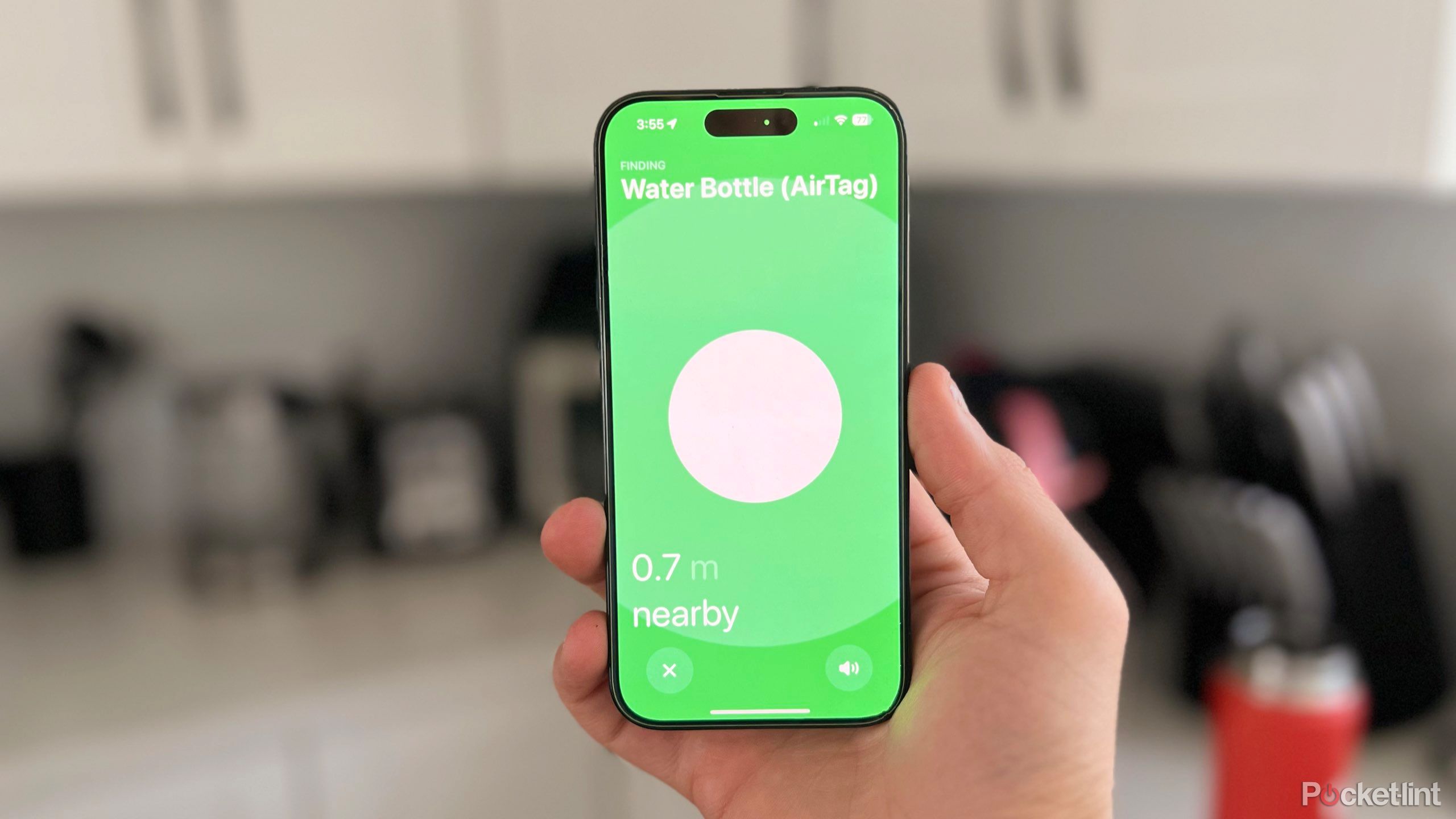
Related
The iPhone’s Ultra Wideband chip does more than you might think
Every iPhone since 2019 features a U1 or U2 chip, but have you ever wondered what it does?
Repairability
It’s improving
Apple
It’s no secret Apple has had a mixed relationship with repairability. The company had been opposed to it for a long time, wanting repairs to only occur at Apple Stores and certified repair partners. If you had asked Apple, they would’ve said it’s to maintain user experience and product quality. If you ask others, they would probably say it was to charge high prices and pressure consumers into new phones.
While not perfect, after mounting pressure, Apple has made some incredible strives in terms of device repairability, including:
- Increasing replaceable parts from only the SIM card with the original iPhone in 2007 to 12 parts with the iPhone 15, including the display, cameras, and battery.
- Making the rear glass a modular repair, reducing repair costs for that part by 60%.
- Expanding ease of battery replacements for iPads and Mac laptops.
- Doubling the company’s repair network from 2019-2024 to over 10,000 service locations.
- Introducing the Self Service Repair program in 2022, expanding it to 33 countries in 2024, and to a 34th, Canada, in 2025, allowing consumers and third-party repair shops access to Apple-approved tools, manuals, and parts.
- Not declining repairs solely because a third-party part is used on the device.
- Designing remote diagnostic tools that remove the need for technicians to ever ask for a customer’s device passcode.
Apple will allow True Tone to work with third-party displays and show health metrics for third-party batteries.
Later in 2024, Apple will allow True Tone to work with third-party displays and show health metrics for third-party batteries. By increasing repairability on their devices and access to manuals, parts, and services while also reducing the punishments users face when doing repairs themselves or through third parties, it increases a device’s lifespan and overall user satisfaction across the board.
Of course, Apple isn’t perfect either. Recently, it was reported that Apple ordered the destruction of hundreds of thousands of old iPhones. There’s still a long way to go, but compared to its competitors, Apple offers an impressive array of solutions for customers to maintain its device’s integrity while leveraging more environmentally friendly solutions.
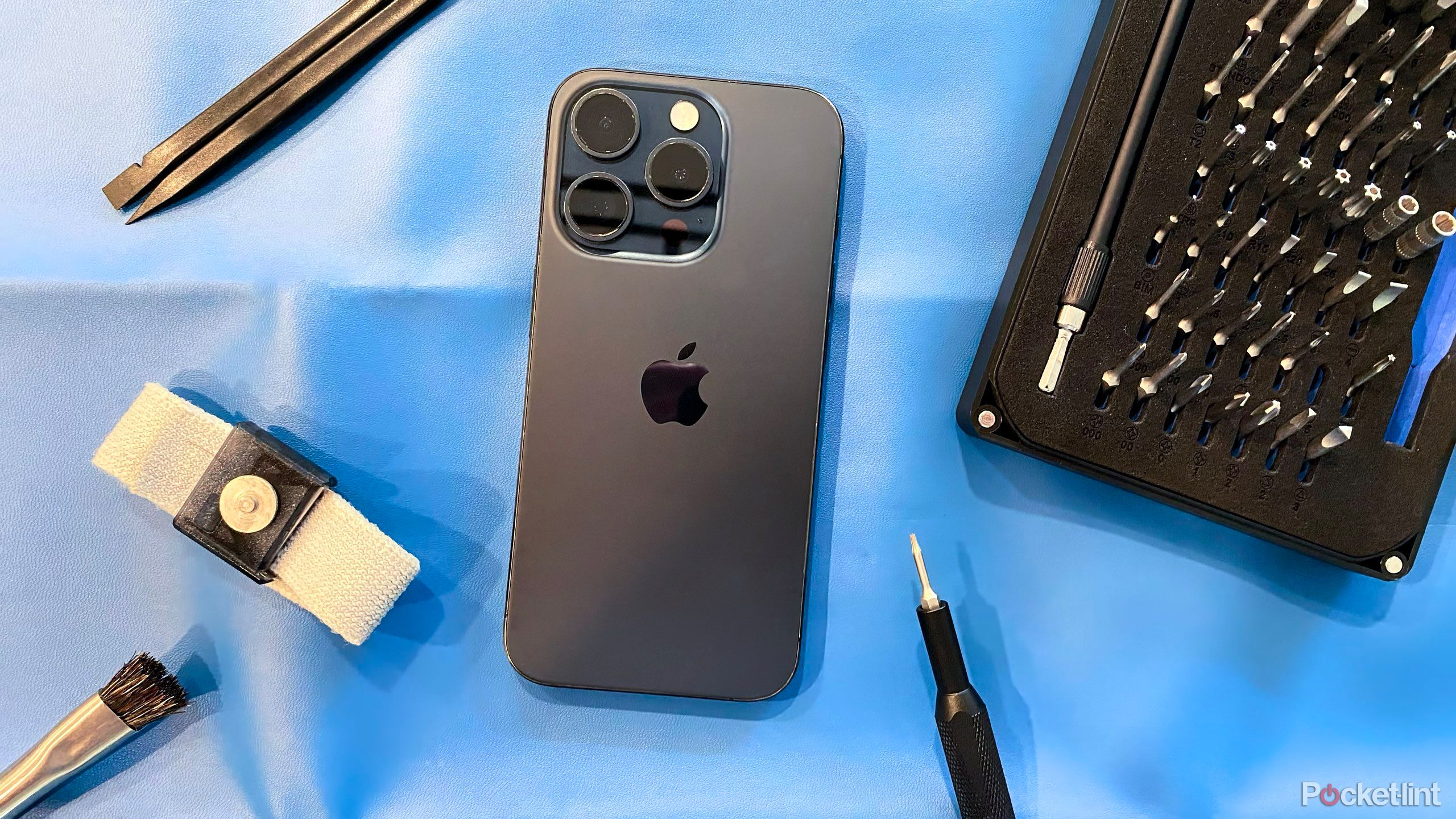
Related
Where is Apple’s Self Service Repair program available?
Apple’s Self Service Repair program now spans 33 countries, offering manuals and parts for 42 products.

